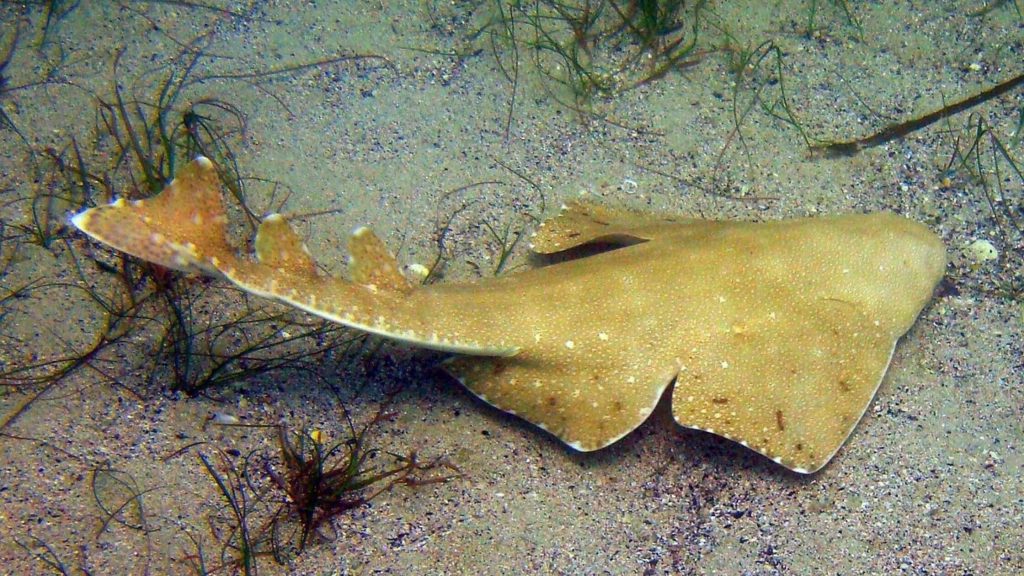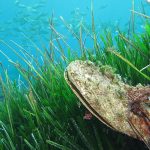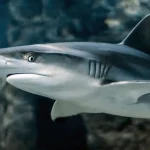The Angelshark is one of the calmest and most endangered shark species, considered to be nearly extinct in the Adriatic.
The juvenile Angelshark at Zagreb’s Dolac market “indicated that there exists a breeding population”, however, it was worrying that “an endangered and strictly protected species was offered for sale,” said Pero Ugarković, an associate on a research project on Angelsharks in the Adriatic.
After that discovery, a research was launched to establish how many Angelsharks currently live in the Adriatic.
The project was headed by the WWF Adria non-profit organisation, in cooperation with the Split-based Institute of Oceanography and Fisheries.
Its results show that the Angelshark population, once inhabiting the whole of the Adriatic, has shrunk dramatically and now mostly inhabits the area around the island of Molat in the Zadar archipelago.
Minding its own business
The Angelshark resembles the skate and is a master of camouflage. It buries itself in sediment and ambushes its prey, and can grow to be more than a metre and a half long. It lives in the Mediterranean and East Atlantic but is critically endangered in all of its habitats.
More than 30 shark species have so far been recorded in the Adriatic, and almost all are innocuous to humans. The size of the Angelshark population in the Adriatic was once significant, with fishermen even using nets designed specifically for Angelsharks.
This has not been the case for decades now, and footage of Angelsharks being caught accidentally and returned to the sea, occasionally posted on social networks, gives rise to hope that the Angelshark will survive.
The species grows slowly, reaches reproductive age late in life and has a small litter, therefore making it very vulnerable to fishing pressures. On top of that, it inhabits shallow coastal waters where fishing is very intense. After it was declared a protected species, the Angelshark went from being a target species, to a bycatch.
Patrik Krstinić, an associate for sea and marine biodiversity protection at WWF Adria, warns that fishing with trawl nets and gillnets poses the biggest threat to the Angelshark. He believes that the Angelshark is unlikely to survive with the existing pressure of fishing in Croatia’s coastal area.
Krstinić says that maritime spatial planning is necessary and that currently 30% of the sea should be put under protection until 2030, of which 10% should be strictly protected, with no fishing activity allowed, citing that the Jabuka Pit as a good example.
Deficient legal regulations are the problem, he says, noting that they make it possible for an area to be put under protection, yet some are allowed to fish in it.
Krstinić notes that the silver lining in this situation is that without human influences in an area, its biodiversity can be restored very quickly.
For more, check out our dedicated lifestyle section.










